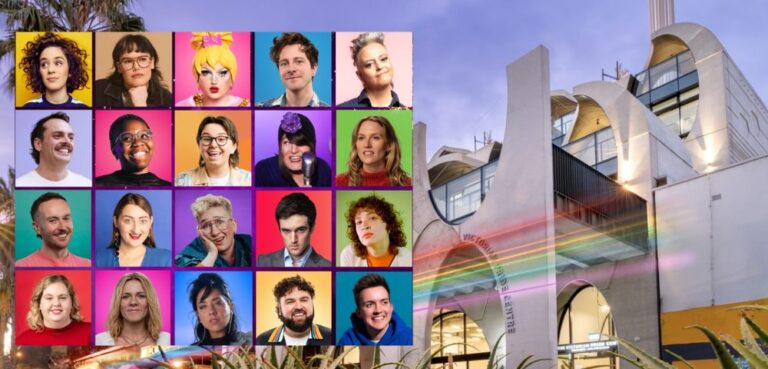
Michelangelo Antonioni: master of modernism
This year the Sydney Film Festival is presenting a retrospective of the work of Italian screenwriter and director Michelangelo Antonioni. The retrospective first screened during the 2002 Venice Film Festival to celebrate Antonioni’s 90th birthday and has since travelled the world.
Antonioni was born in 1912 in Ferrara, in the Po valley region of northern Italy, to a middle-class family. He studied economics and commerce and began his film career writing for the Fascist magazine Cinema as well as collaborating on the screenplay of Rossellini’s Una Pilota Ritorna (1942). He is considered to be among the greatest modernist directors of the 20th century. His style developed from his documentary film work into a distinctive and enigmatic form of narrative technique. In his first feature Cronaca Di Un Amore (Story of a Love Affair), he laid the foundations of his narrative and visual style which would later be typified by what he described as objective narration and temps mort (literally dead time).
His distinctive cinema was developed around his vision of the alienation and fragmentation of modern life. Antonioni struggled with the metaphysical, and rejected films that he considered over-indulgent in romantic extravagance, affectation and intellectual excess. He was more concerned with what he called the repercussions and consequences of the inner torments of modern man.
Antonioni decided his films would search for comprehension within things not easily comprehended in the modern world such as the barrenness of humanity, the futility of technology and the inability of people to communicate their innermost needs. Modern life oppressed Antonioni and he used imagery and landscape in what he defined as objective narration to convey meaning. Consequently, his most important films are almost without dialogue or narrative and are characterised by long panning, camera shots, using his temps mort technique, as well as confusing, incomplete narrative sequences. In nearly all of Antonioni’s most famous films, women and the landscape are the protagonists and men are the catalysts. Many of his films star the gorgeous Monica Vitti.
After making his debut in 1950, Antonioni directed I Vinti (1952), La Signora Senza Camelie (1953), Le Amiche (1955) and Il Grido (1957). These films were neo-realistic in the style of Visconti and De Sica. In 1960 Antonioni directed the first part of his famous trilogy, L’Avventura. It won the Grand Jury prize at Cannes, caused an outcry amongst critics and established Antonioni’s unique bleak-vision style of filmmaking. This was quickly followed by the rest of the trilogy, the Golden Bear-winning La Notte (1961) and then L’Eclisse (1962). Then came Red Desert (1964), his first film in colour, which won a Golden Lion; the Golden Palm-winning Blow-Up (1966), set in London and his first film in English; and Zabriskie Point (1970), starring the American West. Later films screening in the retrospective include The Oberwald Mystery (1980), Identification Of A Woman (1982) and Beyond The Clouds (1995), the latter completed with the assistance of Wim Wenders as the 83-year-old Antonioni had had a stroke.
Antonioni is 92 and still directing. His reputation as an auteur and his cinematic contribution to post-war modernism were established with the films he made in the early 60s. This year is an opportunity to feast on the films of a director ahead of his time -“ difficult watching but rewarding viewing.
The retrospective covers more than 50 years of the director’s work and includes 14 feature-length films, 13 shorts and four documentaries. For the first time in Australia, audiences will have the chance to see all his well-known films including cult classics, his first short film (Gente Del Po, 1947) as well as the controversial 1972 documentary Chung Kuo-Cina which was banned in China. LaTrobe University Cinema Studies academic Rolando Caputo and Jane Roscoe, head of Screen Studies at AFTRS, will present a forum on Antonioni as part of the retrospective.
Antonioni feature films and documentaries are screening at all the Sydney Film Festival venues. The Art Gallery of NSW will screen the short films in two segments: 1943-1950 at 2:30pm on Thursday 17 June and again at 2:30pm on Friday 25 June; and 1983-1997 at 2:30pm on Friday 18 June and again at 2:30pm on Thursday 24 June.
Sydney Star Observer editor, Marcus O’Donnell is posting regular Sydney Film Festival reviews and updates at our new daily ssoblog









